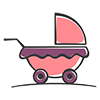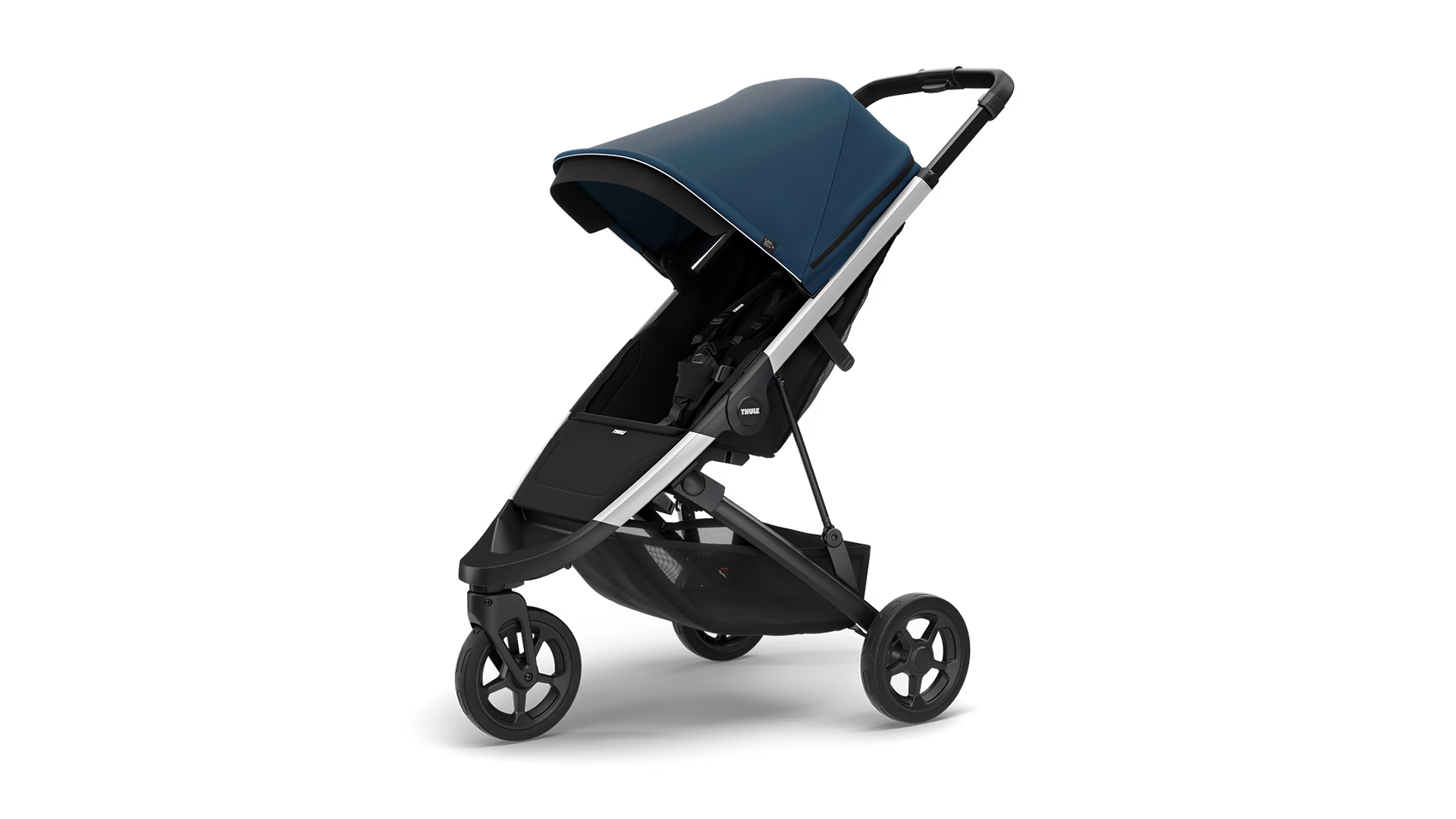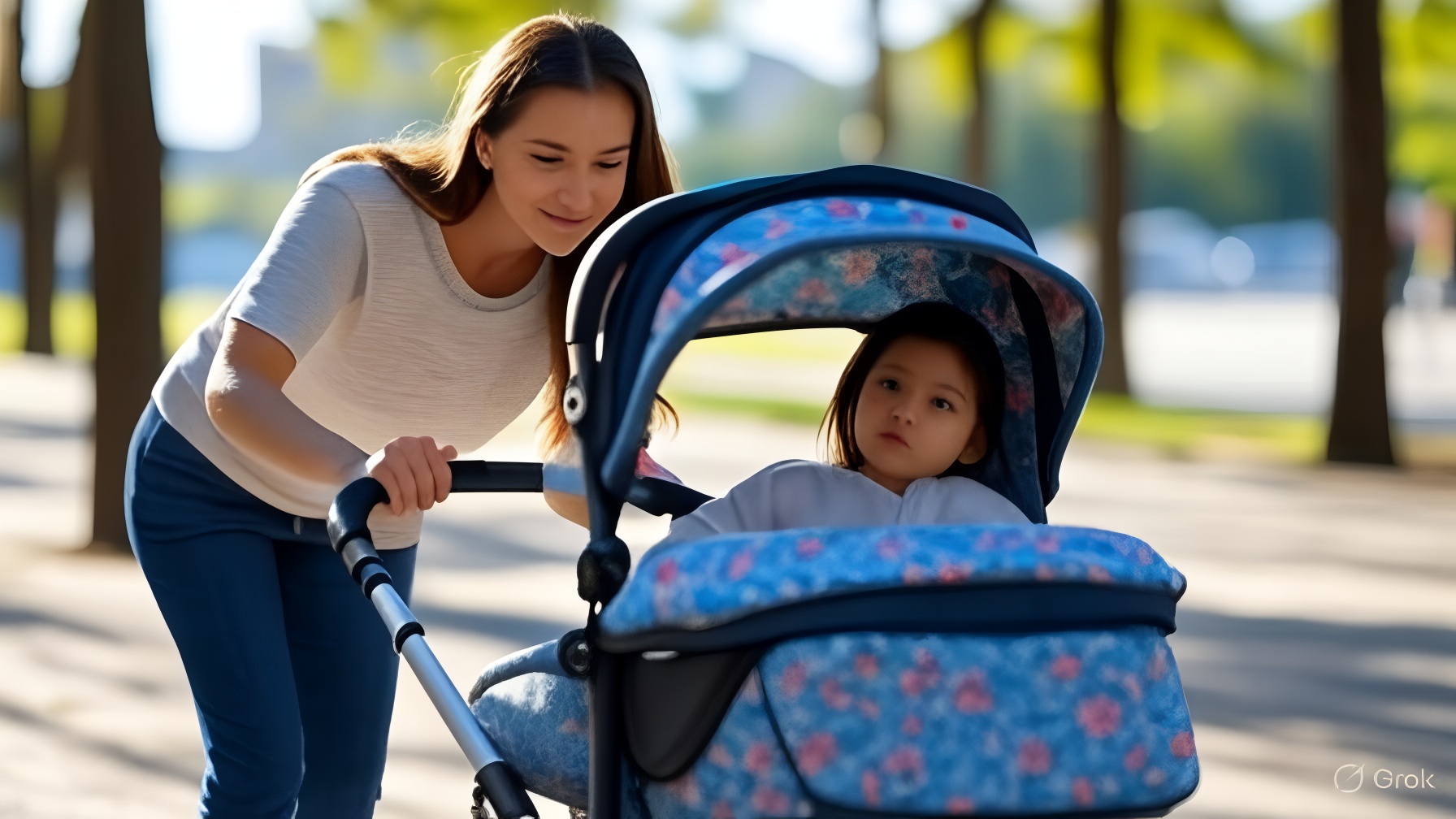Strollers are a vital tool for parents, offering convenience and mobility for daily outings with young children. However, they can also pose risks if not chosen or used carefully. Recent data from the Consumer Product Safety Commission (CPSC) indicates that approximately 6,600 stroller-related injuries were treated in U.S. emergency departments in 2021, highlighting the importance of safety awareness. For parents, ensuring a child’s safety is paramount, and selecting a stroller that adheres to rigorous safety standards is a critical step. This comprehensive guide provides essential safety tips, explains key safety standards, and recommends top safety-certified strollers for 2025 to help you protect your child.
Understanding Stroller Safety Standards
Safety standards are the backbone of a reliable stroller, ensuring it can protect your child in various scenarios. Two primary certifications to look for are ASTM F833 and JPMA:
-
ASTM F833: Developed by ASTM International, this voluntary standard outlines safety performance requirements for carriages and strollers. It includes tests for stability, brake effectiveness, restraint systems, and structural integrity to minimize hazards such as tip-overs or entrapment. Strollers meeting ASTM F833 have undergone rigorous evaluations to ensure they are safe for children.
-
JPMA Certification: The Juvenile Products Manufacturers Association (JPMA) certifies products that meet or exceed ASTM standards, federal and state laws, and additional retail requirements. JPMA-certified strollers are tested annually and after any material changes at independent laboratories, providing an extra layer of confidence for parents. Over 2,000 products across 29 categories, including strollers, carry this certification.
Key Safety Features to prioritize include:
-
5-point Harness: Secures the child at the shoulders, hips, and between the legs, preventing falls or climbing out.
-
Anti-tip Design: Enhances stability to reduce the risk of tipping, especially on uneven surfaces or during sudden movements.
-
Reliable Brakes: Ensures the stroller remains stationary when needed, preventing unintended rolling.
At Strollerguide, we verify compliance by reviewing manufacturer certifications and testing strollers for these features, ensuring they meet or exceed industry standards.
Common Safety Risks and How to Avoid Them
Even with safety standards in place, improper use or lack of maintenance can lead to accidents. Below are the most common stroller-related risks and strategies to mitigate them:
-
Tip-overs:
-
Causes: Overloading with heavy bags, using on uneven terrain, or sudden child movements can shift the stroller’s center of gravity.
-
Prevention: Adhere to the manufacturer’s weight limits, avoid hanging bags on handles, and exercise caution on slopes or uneven surfaces. Choose strollers with a low center of gravity and wide wheelbase for added stability.
-
-
Harness Issues:
-
Causes: Loose or incorrectly adjusted straps may allow a child to slip out or become entangled, increasing the risk of falls or strangulation.
-
Prevention: Ensure the 5-point harness is snugly fitted and adjusted properly for each use. Check that straps are not twisted and lie flat against the child’s body.
-
-
Brake Failures:
-
Causes: Wear and tear or lack of maintenance can compromise brake functionality, allowing the stroller to roll unexpectedly.
-
Prevention: Inspect brakes regularly for wear and test their effectiveness before each use. Follow the manufacturer’s maintenance guidelines and replace worn parts promptly.
-
-
Entrapment:
-
Causes: Gaps in the stroller frame or between components can trap a child’s limbs or head, posing a risk of injury or suffocation.
-
Prevention: Select strollers that comply with current safety standards, which require designs to minimize gaps and entrapment hazards. Regularly inspect the frame for any damage that could create new risks.
-
By understanding these risks and implementing preventive measures, parents can significantly reduce the likelihood of stroller-related injuries.
Practical Safety Tips
To maximize safety and comfort during stroller use, incorporate these practical tips into your routine:
-
Pre-use Checks: Before each outing, inspect the stroller’s brakes, wheels, and harness for proper function. Ensure all components are secure and free of damage.
-
Proper Use: Follow the manufacturer’s weight and height guidelines to avoid overloading. Refrain from hanging bags or heavy items on the handles, as this can cause tipping. Always secure your child with the harness immediately after placing them in the stroller.
-
Terrain Safety: Lock the wheels when the stroller is stationary, especially on slopes. Avoid using the stroller on rough or uneven paths that could destabilize it. For off-road use, choose models designed for all-terrain performance.
-
Child Comfort: Adjust the harness to fit snugly without causing discomfort. Use sunshades or canopies to protect from sun exposure, and monitor the temperature to prevent overheating or cold exposure, especially during extended outings.
These steps are simple yet effective in ensuring your child’s safety and comfort while using a stroller.
Top Safety-Certified Strollers
Based on safety features, user feedback, and compliance with industry standards, we recommend the following strollers for 2025:
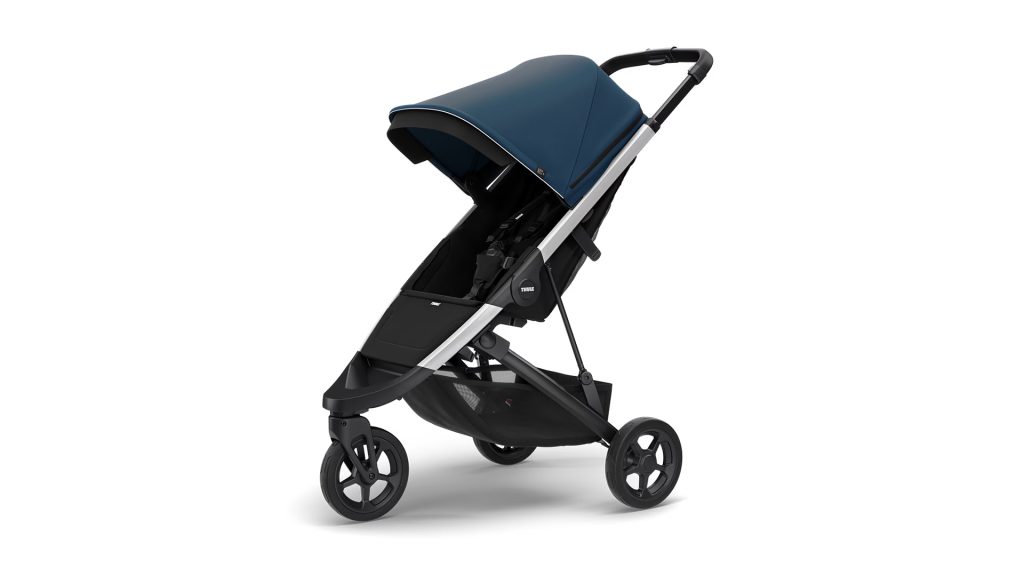
1.Thule Spring (Thule Official Site):
-
-
Features: Boasts a robust frame, superior brakes, and a 5-point harness for secure seating. Its suspension system ensures a smooth ride across various terrains.
-
Ideal for: Active parents who need a durable, versatile stroller for urban and outdoor adventures.
-
Certification: Complies with federal safety standards, including ASTM F833, as verified by testing organizations like Consumer Reports.
-
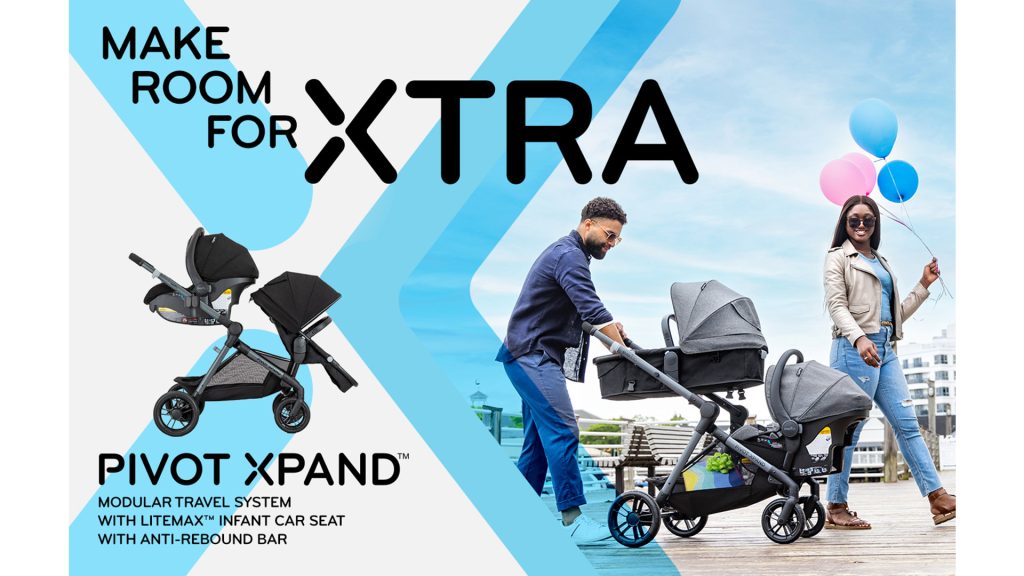
2.Evenflo Pivot Xpand (Evenflo Official Site):
-
-
Features: Offers a modular design that transitions from single to double stroller, with a secure 5-point harness and user-friendly brakes.
-
Ideal for: Growing families seeking flexibility without compromising safety.
-
Certification: Meets federal safety standards, ensuring reliability for both infant and toddler use.
-
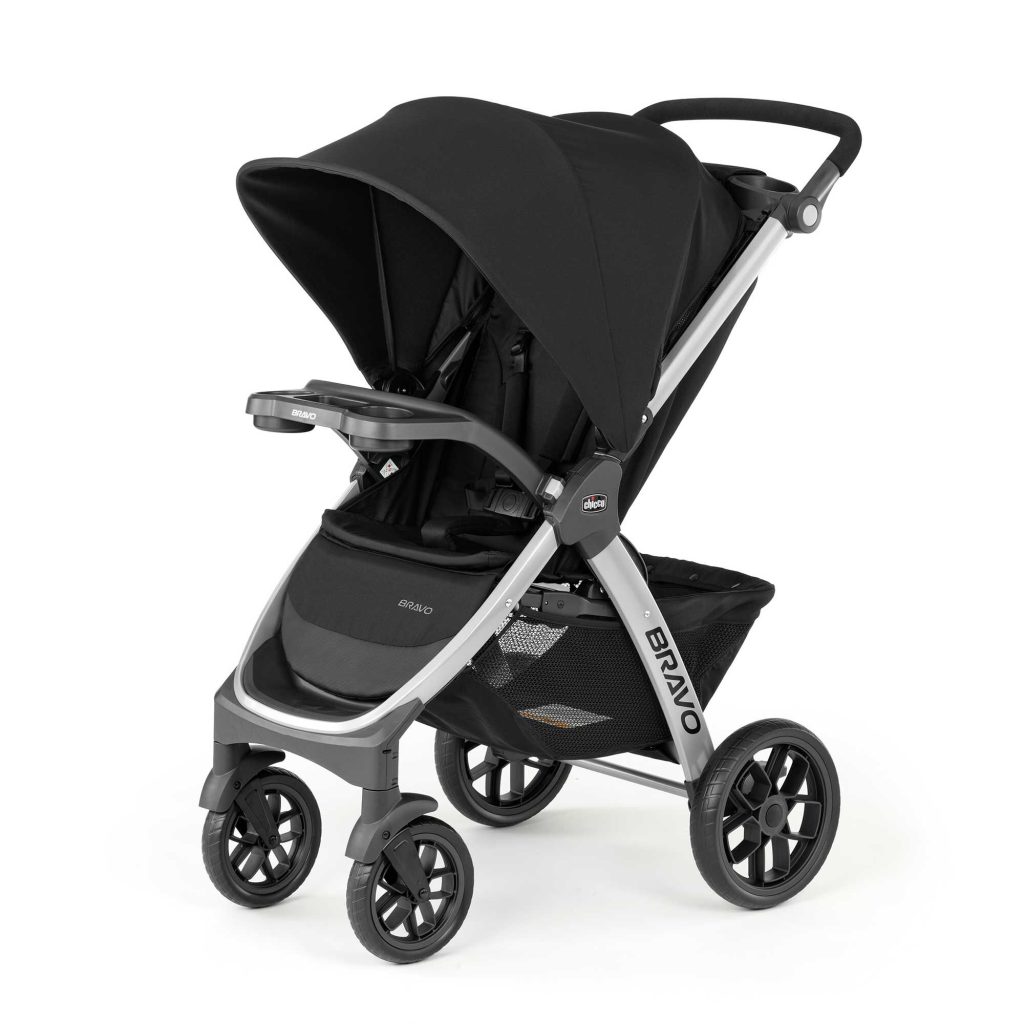
3.Chicco Bravo (Chicco Official Site):
-
-
Features: Features easy-to-use brakes, a stable design, and a JPMA-certified structure for peace of mind.
-
Ideal for: Daily use, offering convenience and safety for newborns to toddlers.
-
Certification: JPMA certified, confirming it meets rigorous safety standards through independent testing.
-
These strollers combine safety, functionality, and user satisfaction, making them excellent choices for safety-conscious parents.
Conclusion & Call to Action
Stroller safety is a shared responsibility between choosing a high-quality, certified product and using it correctly. By understanding safety standards, recognizing common risks, and following practical tips, you can significantly reduce the likelihood of injuries. The Thule Spring, Evenflo Pivot Xpand, and Chicco Bravo offer reliable options for parents prioritizing safety in 2025. To further assist you, download our free Stroller Safety Checklist PDF, watch our safety demo video, and join our community discussion to connect with other parents and share experiences. Proactive safety measures are key to ensuring your child’s well-being—stay informed and keep safety first.
Citations:
- thule.com
- evenflo.com
- chicco.com
